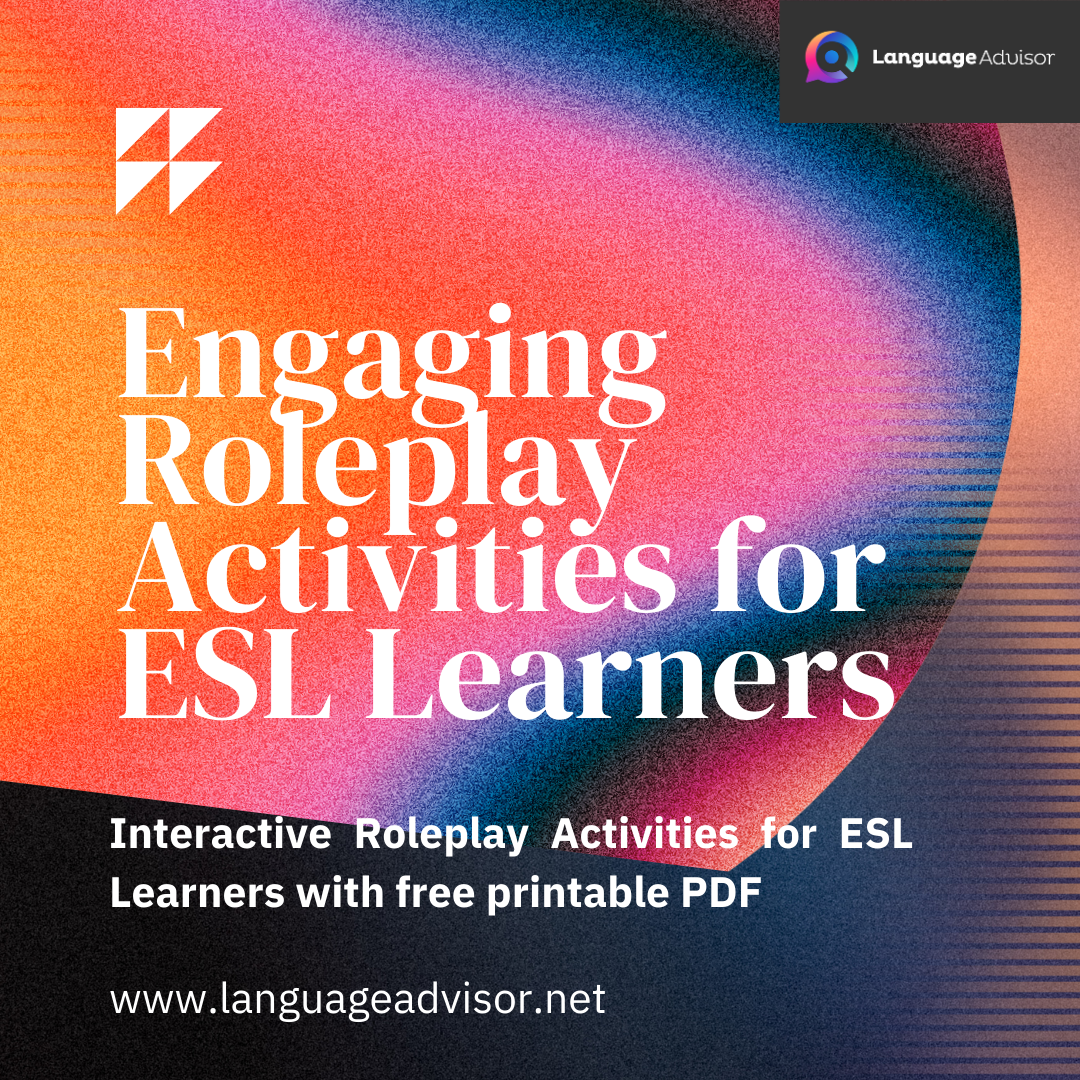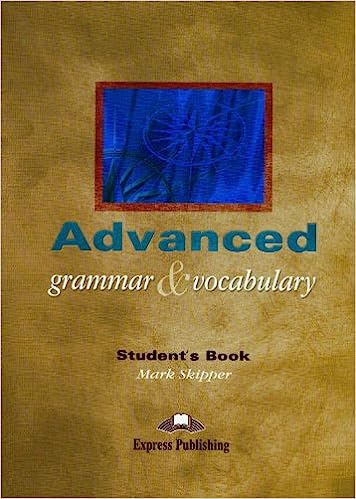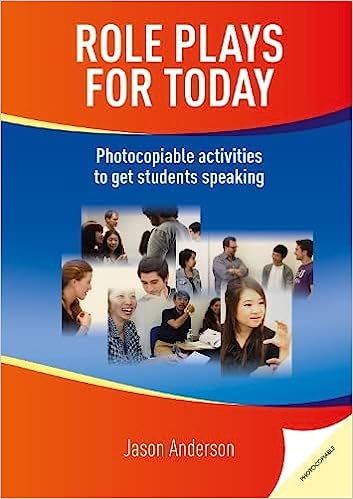Engaging Roleplay Activities for ESL Learners. Interactive Roleplay Activities for ESL Learners with Free printable PDF
Engaging Roleplay Activities for ESL Learners

Engaging Roleplay Activities for ESL Learners
Roleplay activities are an excellent way to get English as a Second Language (ESL) students actively involved in language learning. These activities not only help students practice their speaking and listening skills but also enhance their confidence and creativity. Here are five fun and effective roleplay activities that you can incorporate into your ESL lessons.
All of these activities are available as free PDFs that you can print and use in your classroom or for self-study. Each set comes with colorful flashcards and detailed instructions to ensure that your learning experience is both effective and enjoyable.
Engaging Roleplay Activities for ESL Learners
Free Printable Flashcards for Relative Clauses

Giving Advice: Mingle and Role Play
In this activity, students are given various scenarios where they need to give advice to their peers. Each student receives a card with a problem or a situation, such as “I have trouble sleeping at night” or “I want to improve my English skills.”
How to Play:
- Students mingle around the classroom.
- When they meet another student, they read their problem and ask for advice.
- The other student provides advice, and then they switch roles.
- After a set time, students return to their seats and share some of the advice they received.

News Report Role Play
Transform your classroom into a newsroom! This activity encourages students to practice reporting skills and use descriptive language.
How to Play:
- Divide students into small groups.
- Assign each group a different news topic (e.g., weather, sports, local events).
- Each group prepares a short news report.
- Groups take turns presenting their news reports to the class as if they were live on television.

Various Situations for Conversation Practice
Provide students with cards that depict various everyday situations, such as ordering food at a restaurant, asking for directions, or making a doctor’s appointment.
How to Play:
- Pair up students and give each pair a situation card.
- Students role-play the situation, taking turns being the customer/patient and the service provider.
- After a few minutes, rotate the pairs and provide new situation cards for continued practice.

Werewolf Role Play with Cards
Werewolf is a popular party game that can be adapted for ESL learning. It involves bluffing, logical deduction, and role-playing.


Who is the Burglar: 30 Conversation Cards
This is a conversation game for elementary to lower intermediate students. Practise simple present QUESTIONS and ANSWERS. Set of 30 cahracter cards (numbered 1-30).
How to Play:
- Tell the class that there has been a robbery and they will interview their fellow students to find out who the robber is.
STORY: Yesterday at 10:00 pm there was a robbery in the Bank in Central Lane. The police was called immediately to investigate the crime scene and found some evidence. It had snowed yesterday (or rained) there were footprints on the ground in the snow (or mudd)…
2. Give each student a character card. Each card has a small number in the lower right corner (1-30) so to identify them easily. Make sure that you choose a number to be the burglar before you hand them out and know the personal info on the card.
3. Tell the students to look at their card and notice the number, but don’t show anyone.
4. “Identifiy” the burglar by saying “Number 12 (or any other number) is the murderer” so only one person (and you) knows he is the burglar but should be secretive so that the others don’t notice
5. You could also give out one “Burglar Card” and “Civilian Cards” for the rest of the students (see bottom of page 4) to assign the burglar…
6. Now give some information about the burglar
STORY: …The police found some evidence at the crime scene. The footprints are in shoe size EUR 45, US 11,5 (pick your shoe size according to the burglar character). And they also found… à insert some more information, choose two, or three from the list of personal info on the card and write it on the board:
7. Tell your students to go round the class and ask/answer questions about the personal information and take notes (What’s your name? What’s your job? Where are you from? What are your hobbies? Are you married? Do you have any children? Do you have a pet?)
8. After a couple of minutes they should figure out whose personal information match the evidence on the board.

Incorporating roleplay activities into your ESL lessons can make learning more dynamic and enjoyable for students. These activities encourage students to think on their feet, use language authentically, and interact with their peers in meaningful ways. Try these roleplay ideas in your next class and watch your students’ language skills and confidence grow!
Engaging Roleplay Activities for ESL Learners. Also check out these role play activities












